How to make a lip, body, or nail balm!
In less than an hour, make a body balm with three ingredients and a fragrance or essential oil!
954
STEPS
TOOLS
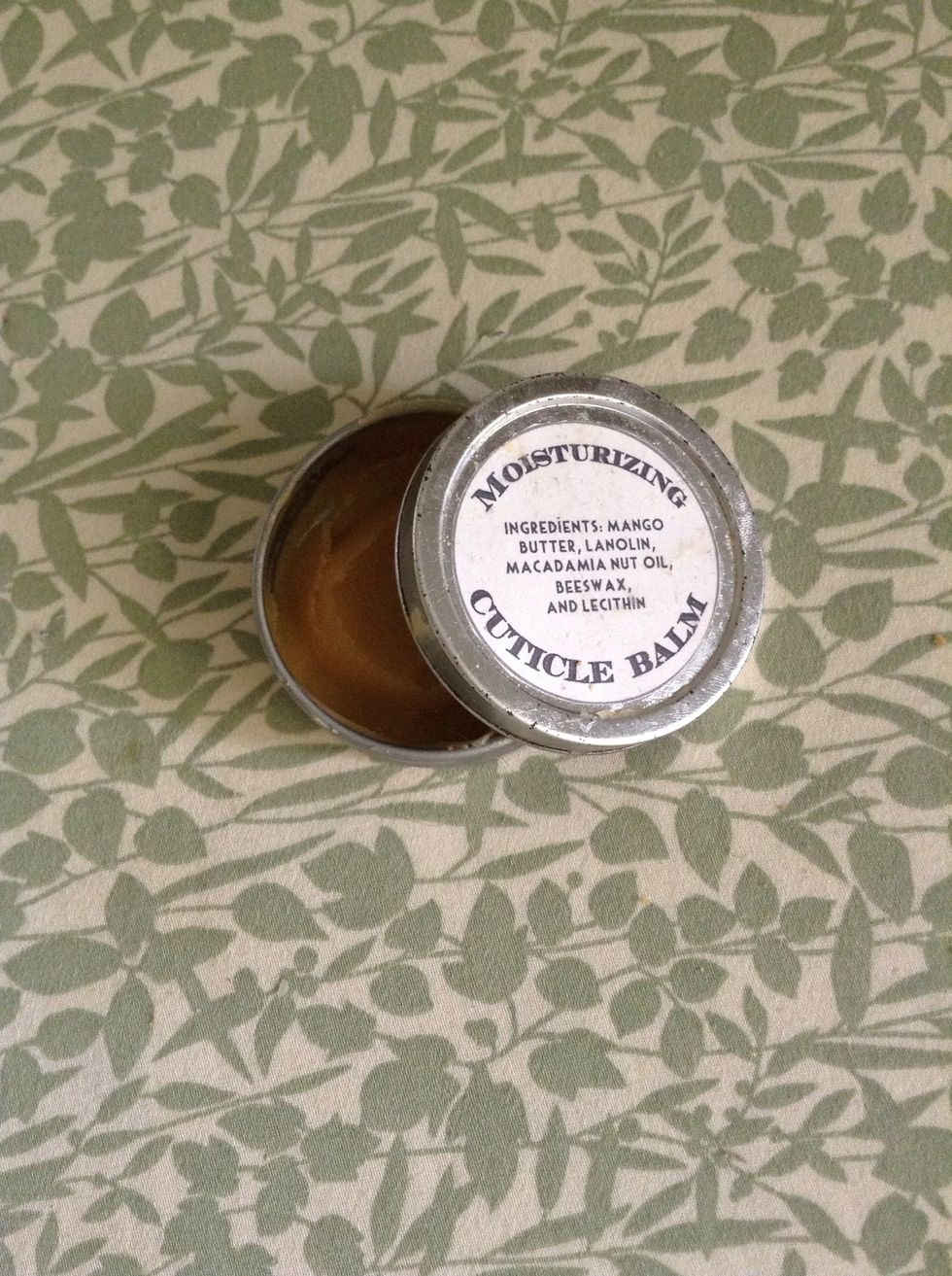
So what is a balm? It is a slightly softer lotion bar you put into a jar or a tin to be used to make your skin more moisturized. Often claims will be made about a balm, like "soothes some problem"...

...but we can't make claims about our products! You can choose ingredients that might be good for certain conditions - like eczema - but you cannot legally say that!
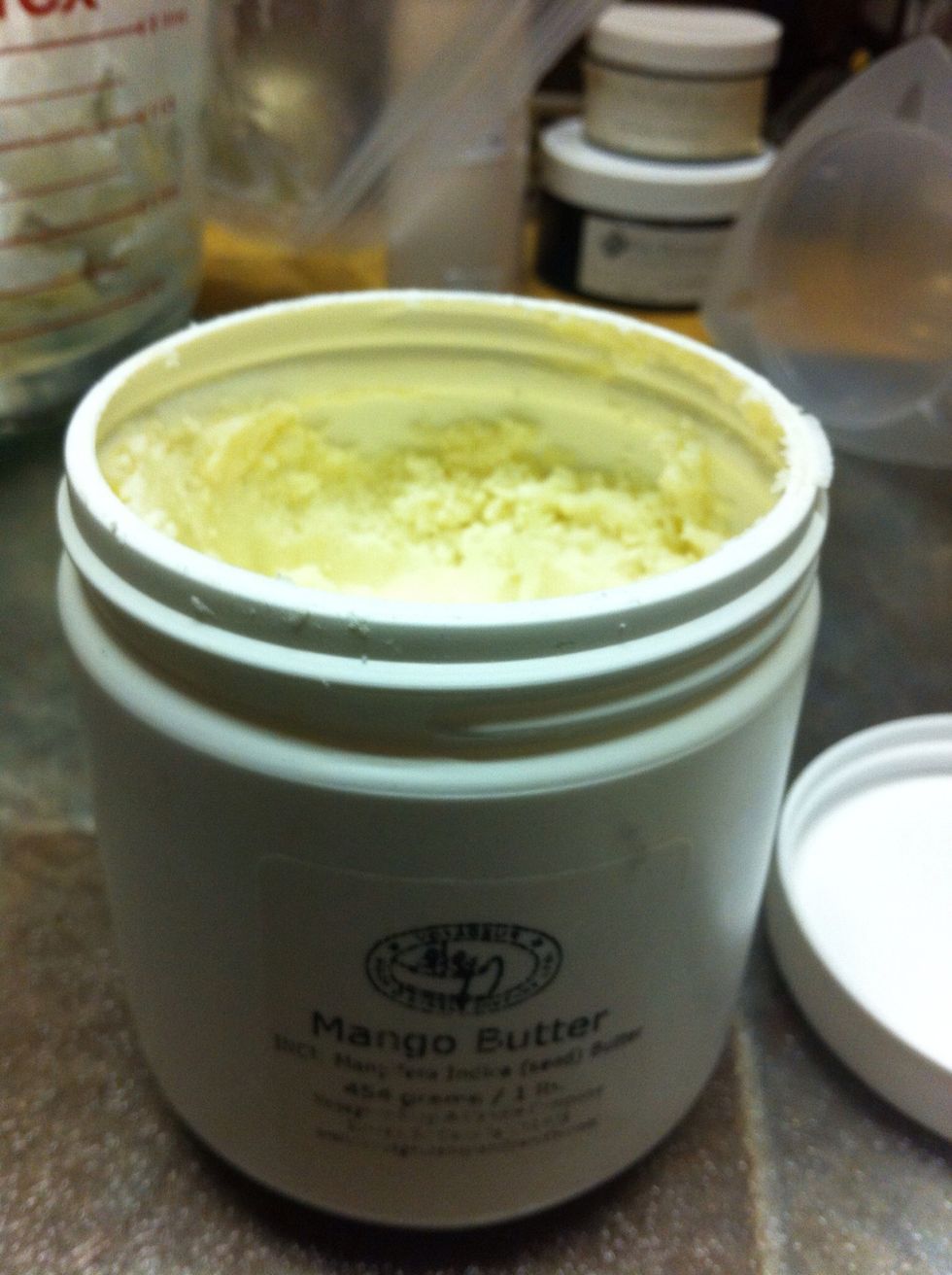
First, choose your butter. Mango butter will make the balm drier, harder, and little more crumbly feeling.
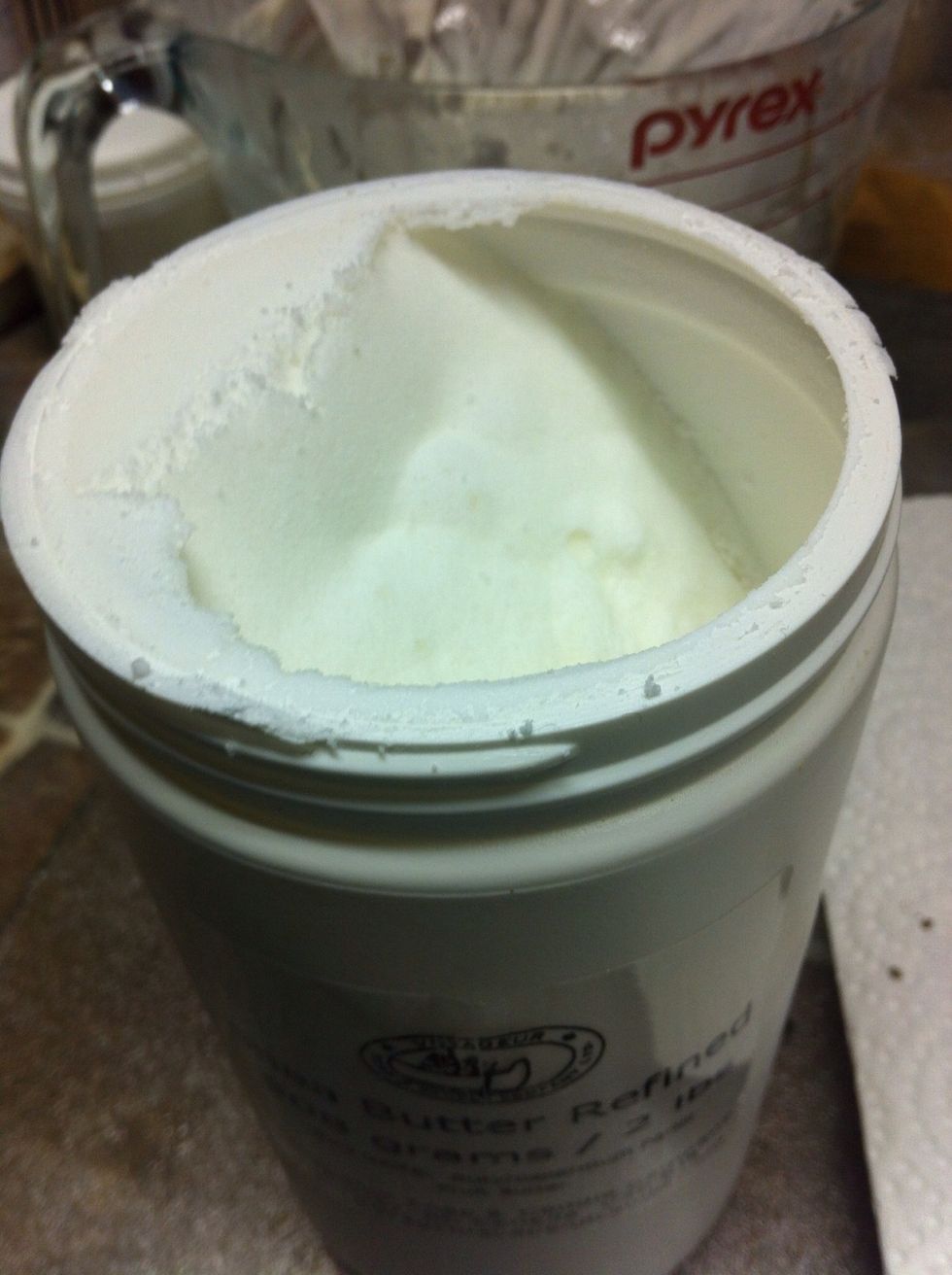
Shea butter will make the product feel greasier, creamier, and easier to get out of the container. Shea has a lower melting point than mango, so it will spread better on your skin.
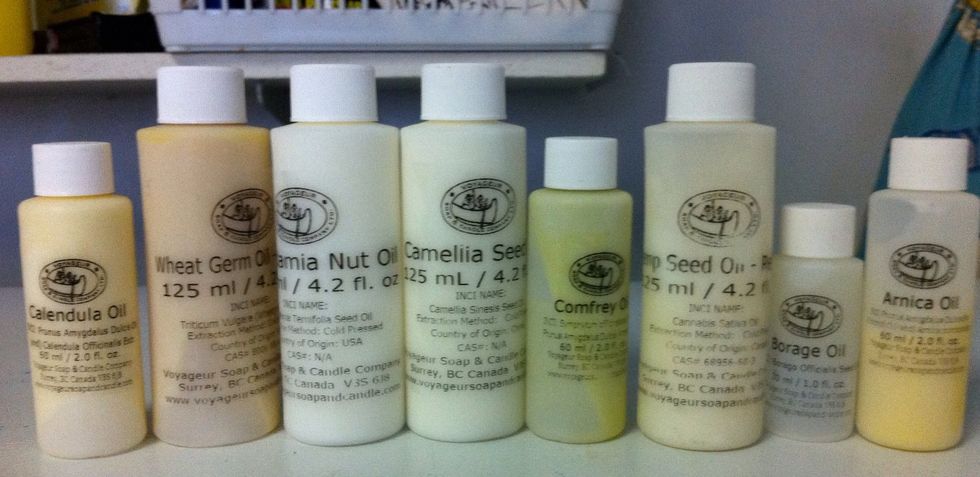
Choosing your favourite oil can take a while as there are myriad choices. You can look for certain properties - a fatty acid or vitamin you like - or base it on the skin feel or cost and availability.
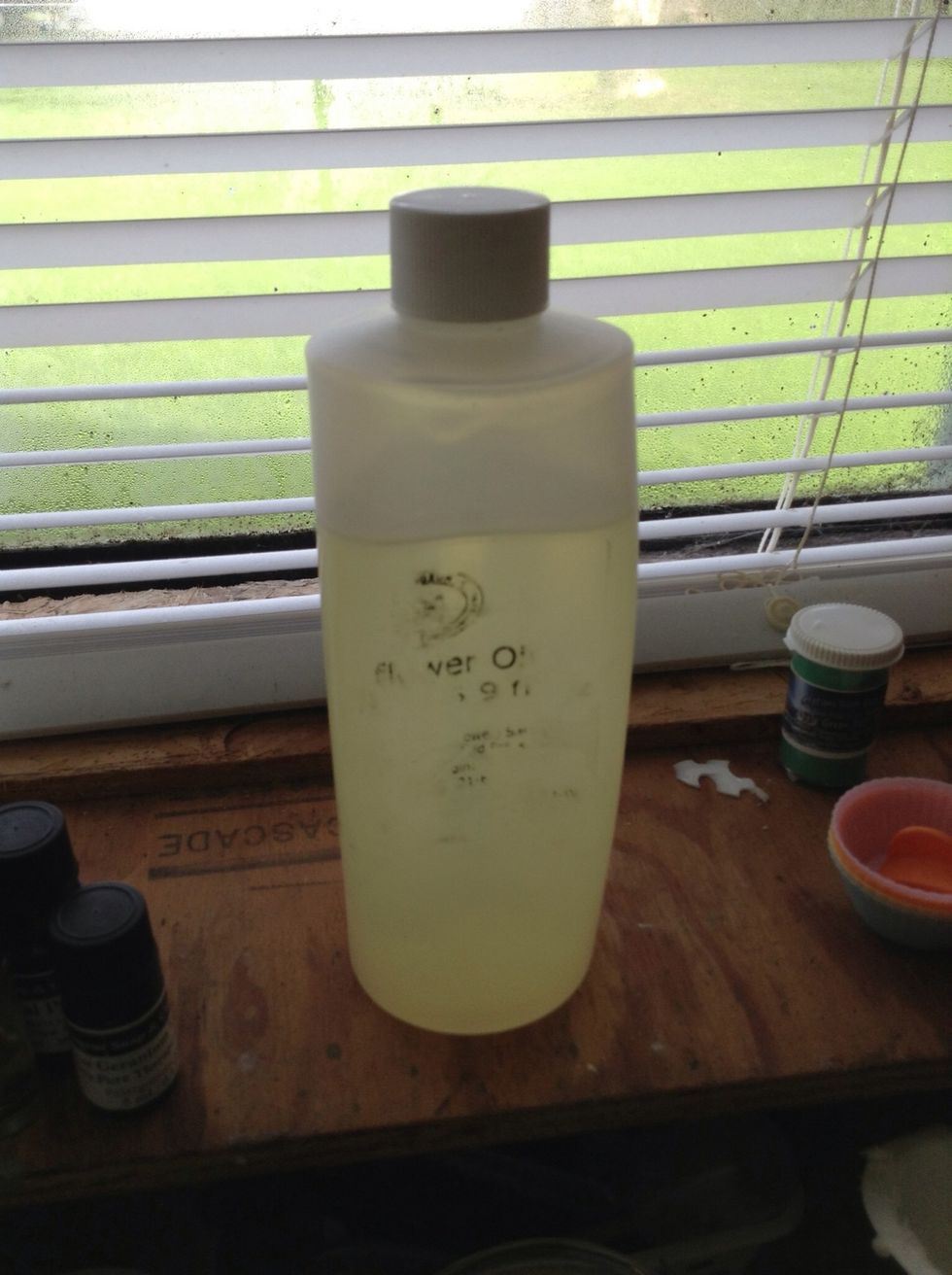
I love sunflower and soy bean oil in everything as they are full of linoleic acid, which helps speed up skin's barrier repair mechanisms. Soy bean is also full of Vitamin E!
Choosing oils is important and I only have so much space, so please visit http://swiftcraftymonkey.blogspot.ca/p/oil-butter-posts.html for loads of information on oils and butters.
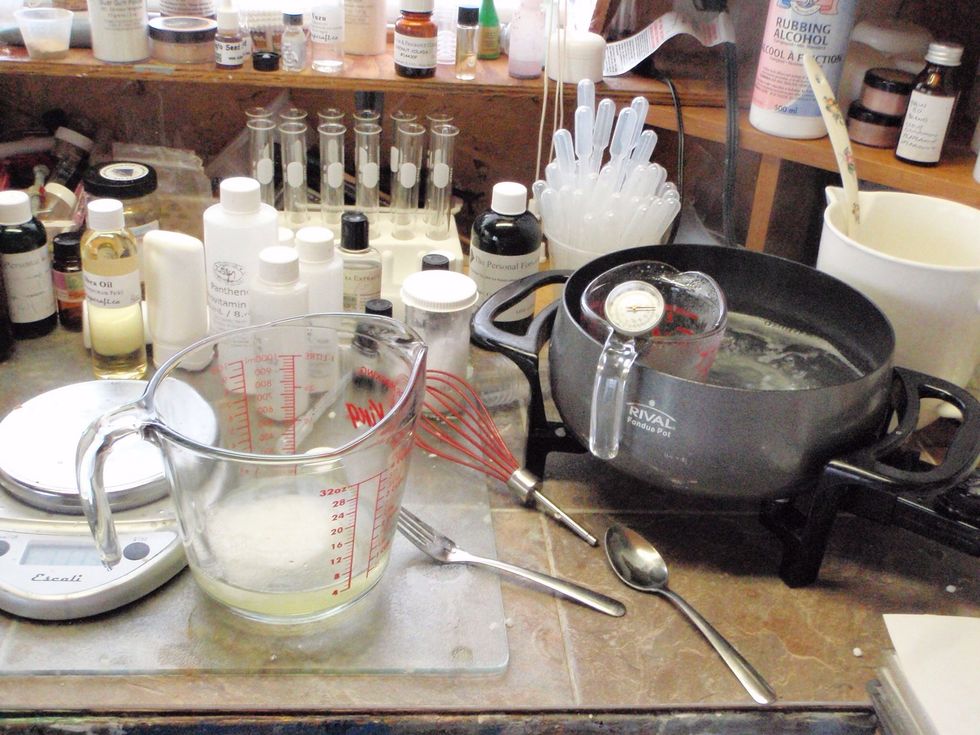
Measure out 20 g beeswax, 25 g butter, and 54 g oil on a scale in a heatproof jug. Heat until melted.

When it's liquid, remove from the heat and add 1 g fragrance or essential oil and mix. Pour into container and let set.
Yep. That is really all it takes. Measure, melt, pour, then wait. The making part of b&b products tends to be the quickest and easiest part. Creating and modifying recipes is the hard part.
You can modify this recipe a number of different ways, changing the oils, waxes, and butter or by adding oil soluble ingredients!

Consider substituting 5 to 10 grams cocoa butter for a butter to add extra stiffness and barrier protection for your skin. But don't use it as the main butter unless you want something very very hard.
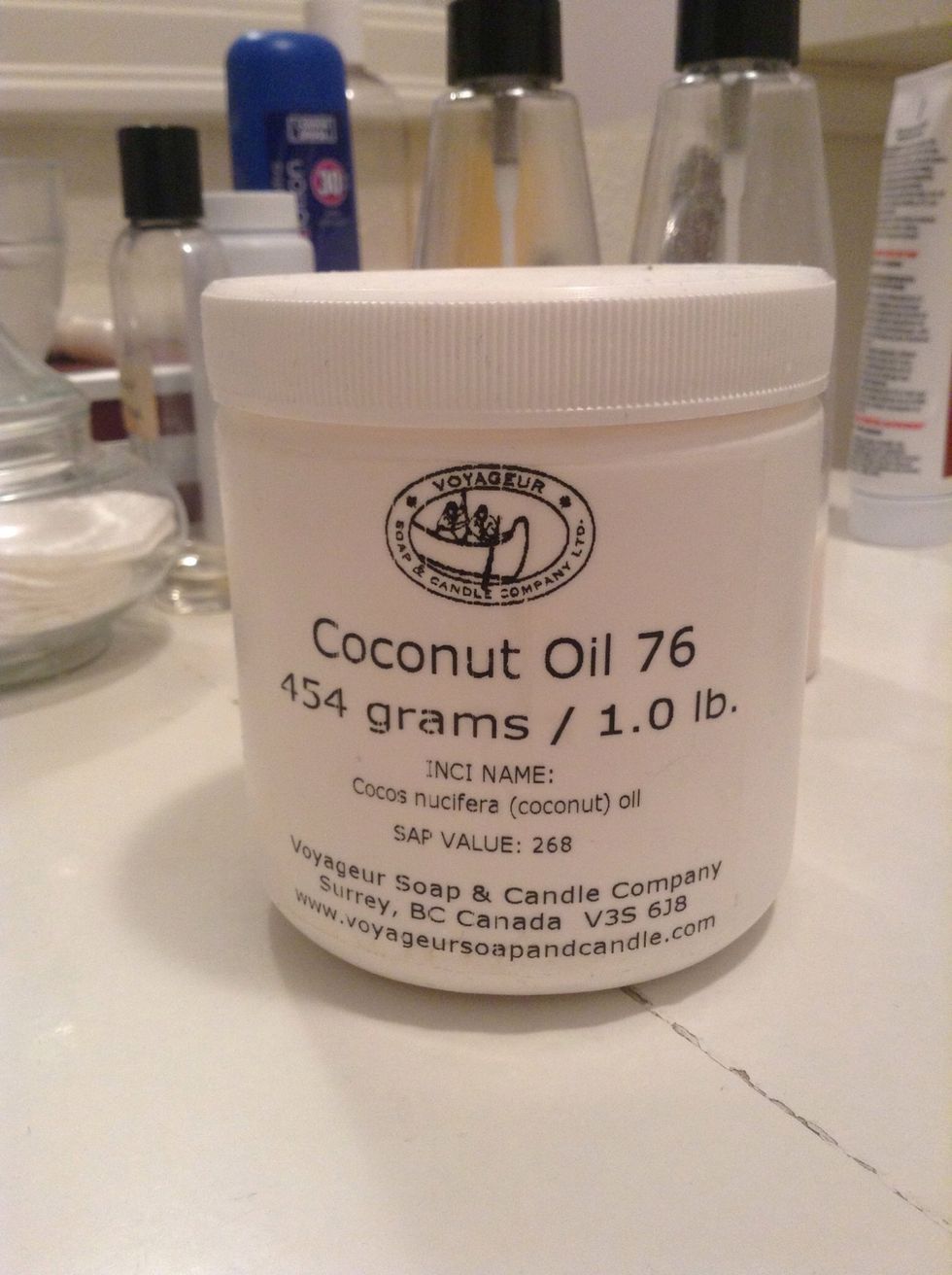
Use coconut oil at maximum 10 g of the butter amount as it melts at 24C or 76F, and you don't need a mess like that in your pocket or purse!
If you wish to use another wax, have at it! Use half the amount in candellia or carnauba wax. Use soy wax and increase it to 30 grams. You'll have to experiment with other waxes.
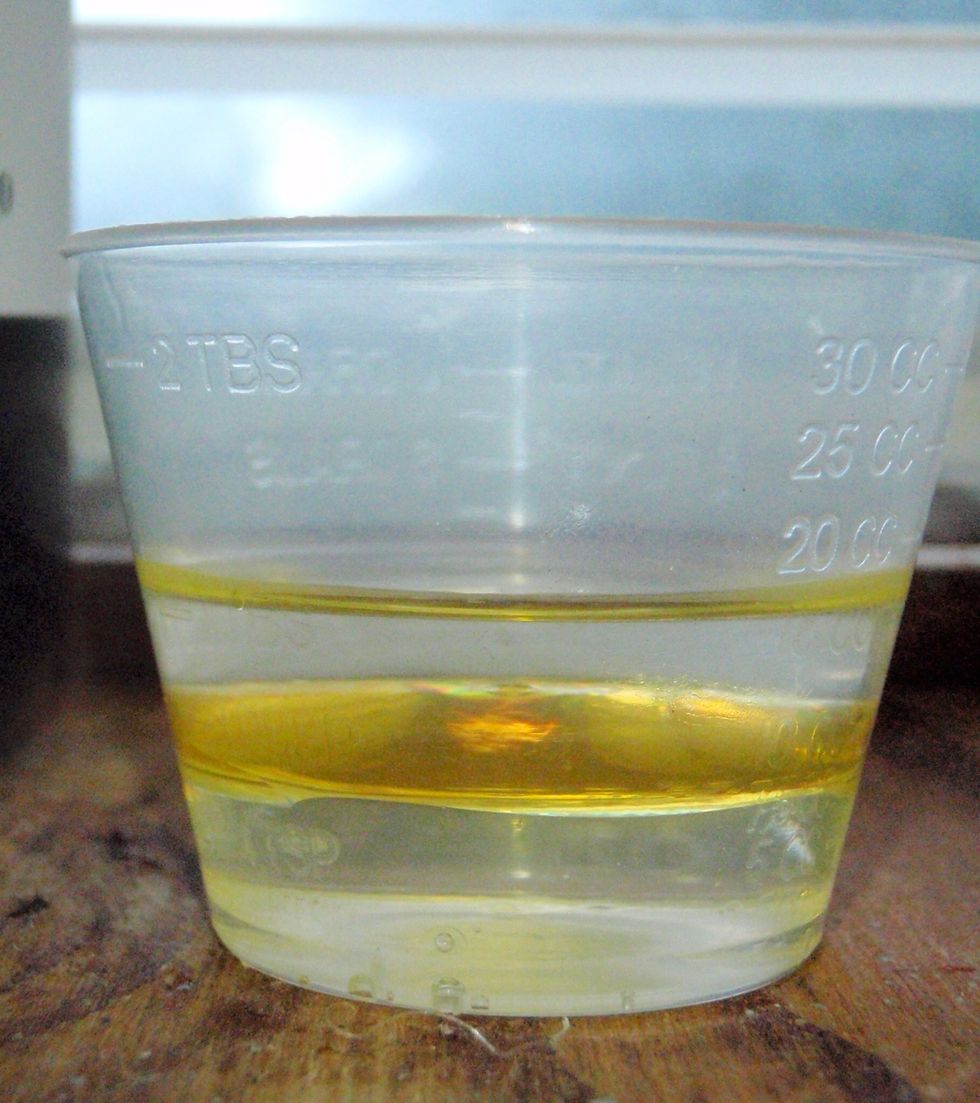
You cannot add water soluble ingredients to a balm as it will eventually seep out and make a mess, so look for oil soluble (o/s) ingredients.
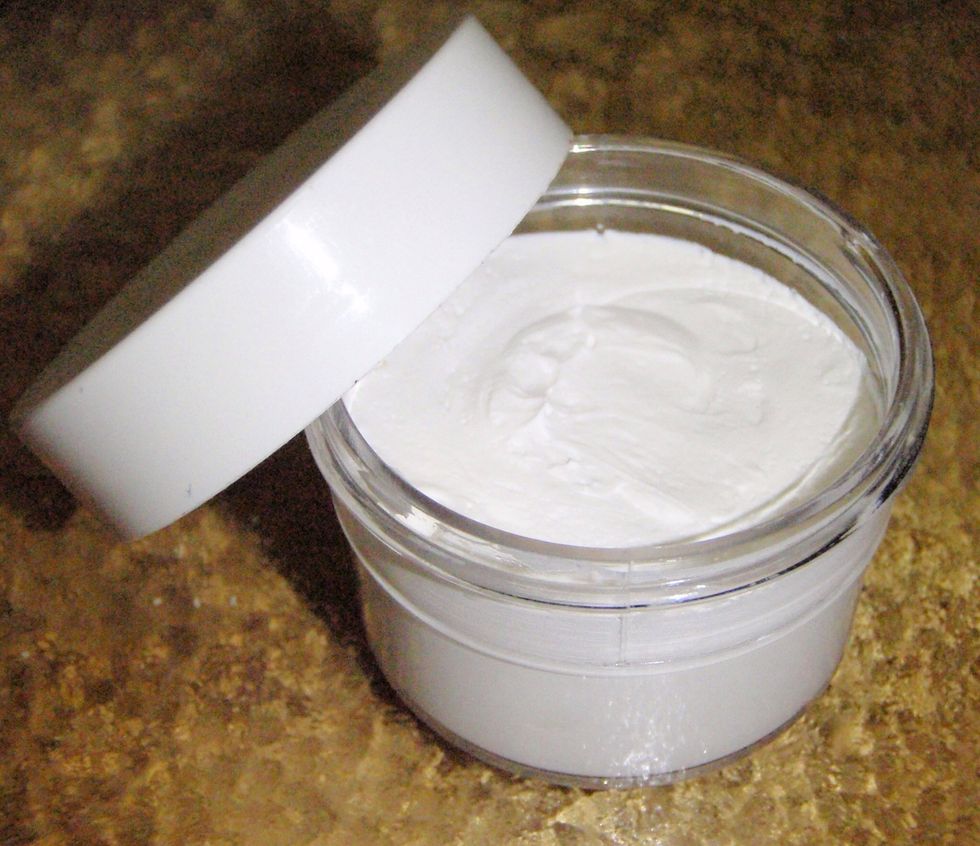
I love adding up to 20 grams o/s zinc oxide. We can't make claims about our products, so don't be claiming this can soothe chafed/chapped skin, but consider using it for that purpose.
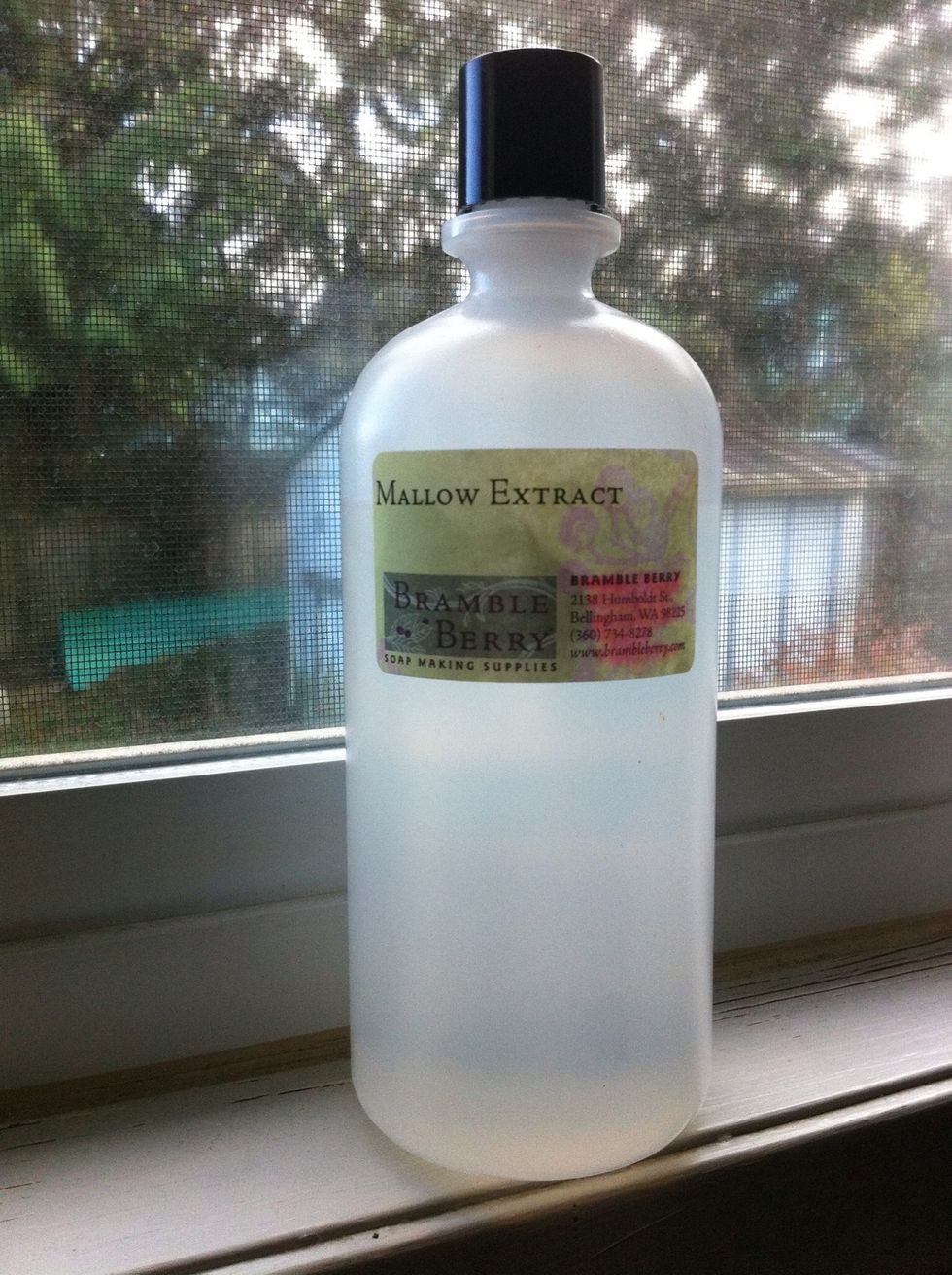
I'm having a love affair with mallow extract right now as it offers some nice slip and glide to my balm. (Make sure the one you get is oil soluble.)
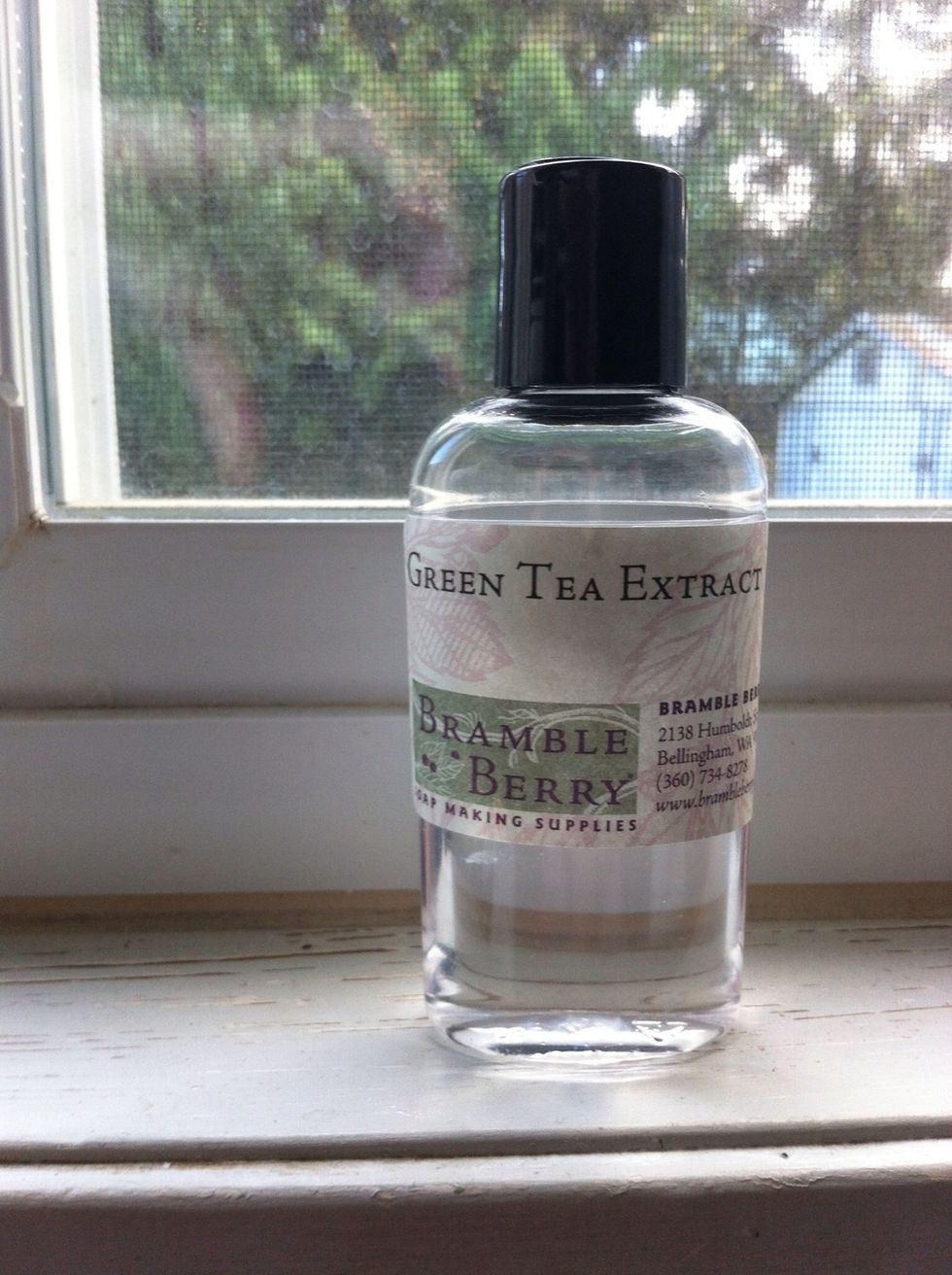
And I adore o/s green tea extract! It behaves as an anti-oxidant in the balm to retard rancidity and as an anti-oxidant on our skin. (Make sure your extract is oil soluble!)
Or consider adding 2 g dimethicone after heating to increase slip and glide and increase barrier protection. Consider adding up to 5 g IPM to decrease the feeling of greasiness.
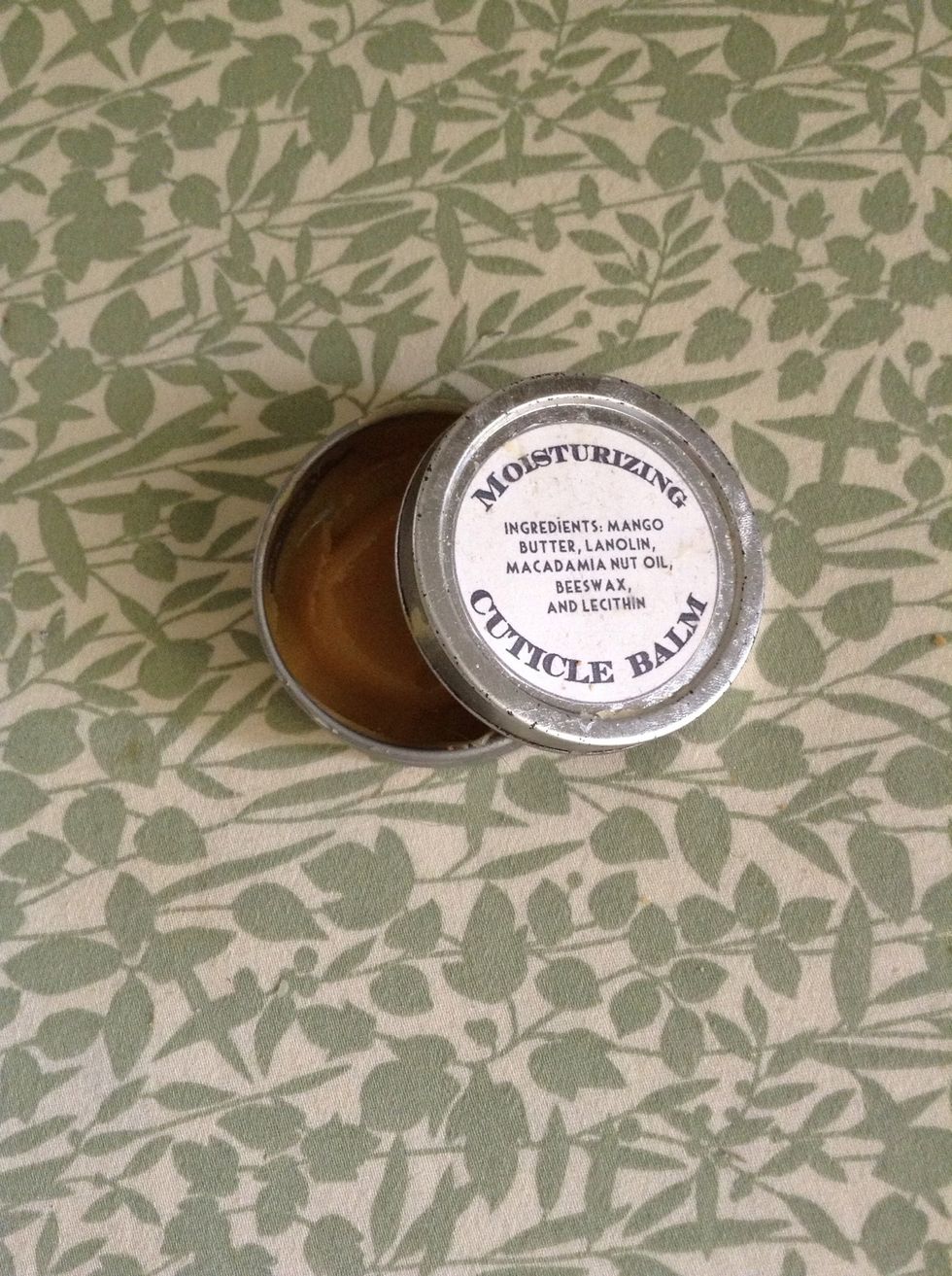
To make my favourite cuticle balm, use lanolin, lecithin, and macadamia nut or hazelnut oils as your liquid oils, and mango butter as the base.
Consider modifying the essential oils, too. I like 1 g each camphor, eucalyptus, and menthol or peppermint for colds. (Don't claim it helps or soothes colds, though!)
I like combining 0.5 g each cinnamon, clove, and ginger with the cold blend and adding up to 3 g per 100 g for a Tiger Balm like product.

How does a body balm differ from a lip balm? I use the same recipe for both, but I consider the flavour of the oil and I tend to add a flavour oil for my lips. Add some mica for colour!
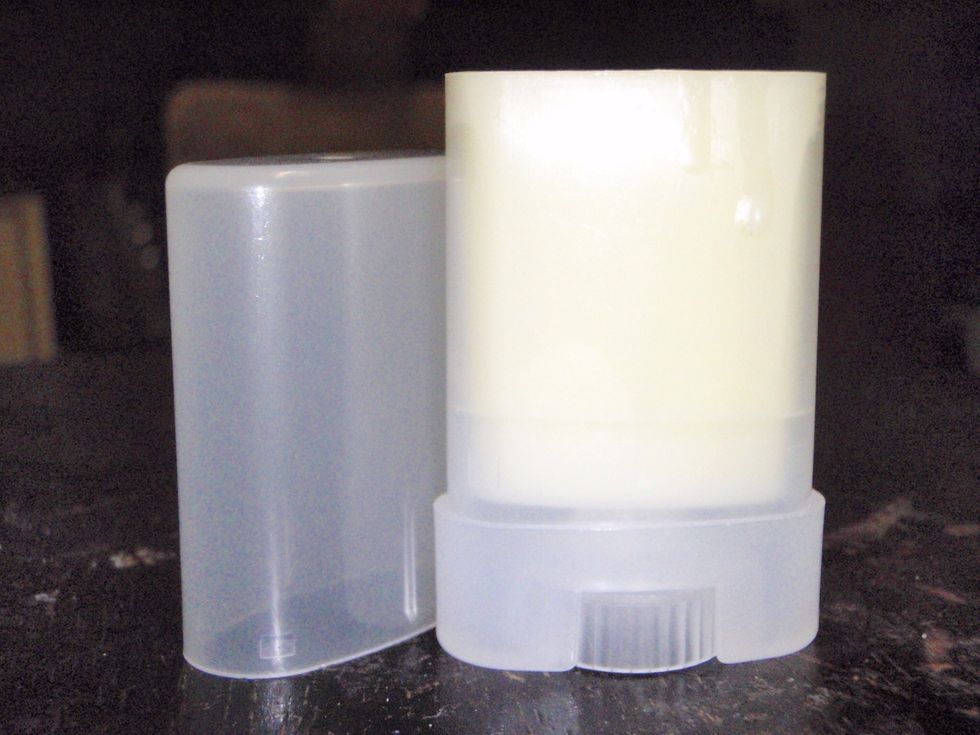
Lotion bars are pretty much the same as balms, but they tend to be harder due to the inclusion of more beeswax. Modify a balm into a lotion bar by using at least 30% beeswax!
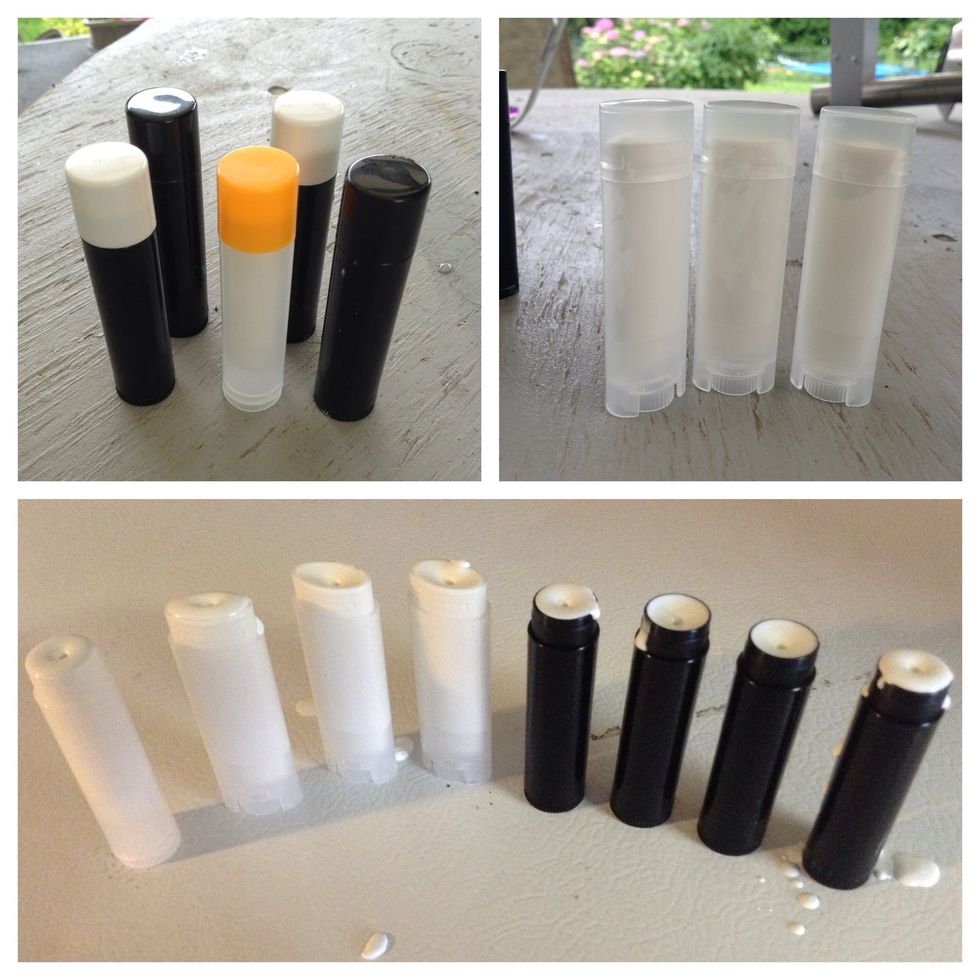
I've written a SnapGuide on making an eye shadow primer that would be considered a body balm. The big difference is adding titanium dioxide or zinc oxide to make it white.
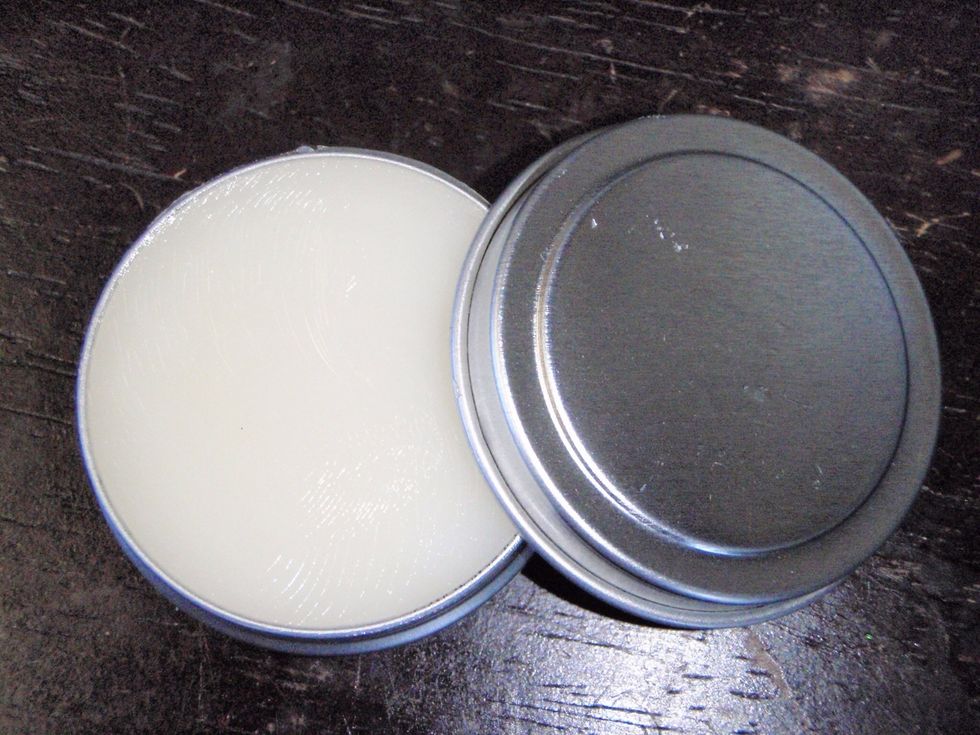
As for packaging, you can use tins as this is an anhydrous or non water containing product. There are so many cute tins you can use - check out sliding top tins for lip balm!

You can get all kinds of cute and colourful tubes for balms!
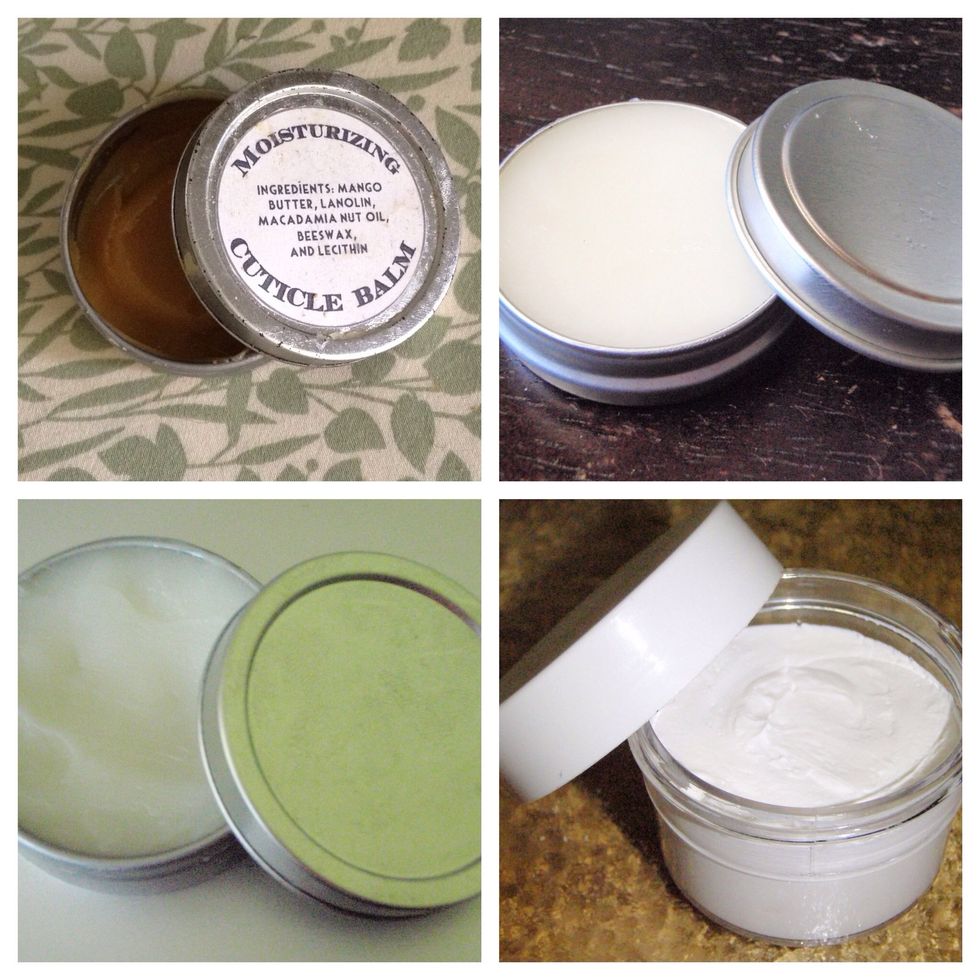
If you enjoyed this guide, check out my other SnapGuides or my blog, Point of Interest, to see hundreds of bath & body recipes at http://swiftcraftymonkey.blogspot.com
- 20.0g Beeswax
- 25.0g Shea or mango butter
- 54.0g Oil of choice (liquid)
- 1.0g Fragrance or essential oil
- Heatproof jug
- Plastic jar or metal tin
- Digital scale
Susan Barclay Nichols
I'm obsessed with chemistry, DIY, a Song of Ice and Fire, and heavy, power, and progressive metal! (A proud geek girl indeed!)
Chilliwack, B.C.
The Conversation (0)
Sign Up